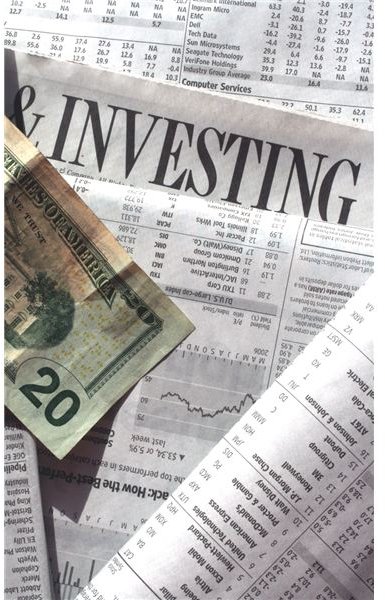What is Treasury Stock? Implications for the Company and Shareholders
Types of Stock
You may be familiar with common stock or preferred stock. These types of stock are issued by a corporation when it organizes. In exchange for a share of stock, the shareholder receives an ownership interest in the corporation. Depending on the type of stock, the shareholder may receive rights to vote for the Board of Directors and on other important matters. In addition, the shareholder shares in the success of the corporation through the receipt of dividends and stock appreciation. Now you may wonder, what is treasury stock?
During the regular course of business, a corporation may decide to buy back some of the stock it previously issued. The shares of stock that are reacquired and set aside for future use are called treasury stock. This stock is not available for purchase by investors, but it has not been canceled or retired either. In addition, stock that has never been issued, even though it has been authorized, is classified as treasury stock.
Unlike common stock, treasury stock does not offer voting rights, earn dividends or have any claim to assets in the event of company liquidation. It can be held in this manner indefinitely. In addition, the corporation can decide to resell, cancel or retire the stock at anytime.
It’s Not Uncommon for a Corporation to Repurchase Stock
Once a corporation establishes a pattern of distributing dividends, the shareholders develop an expectation that the pay out will continue. Another method to provide value to a shareholder, without paying dividends, is to increase the value of the stock. If management believes their stock is undervalued in the market, then repurchasing some stock should increase trading activity and ultimately the price of the stock. The increased value to the shareholder does not trigger taxes until the stock is sold.
Additional reasons a company might choose to repurchase their own stock includes:
- For use in an employee stock option plan or bonus plan.
- To increase earnings per share (EPS) and improve other financial ratios.
- To help prevent a hostile takeover by asserting more control over who owns stock.
Accounting and Business Implications
In reviewing what is treasury stock, the accounting for treasury stock purchases and subsequent resale are designed to provide financial statement users with a transparent view of the transactions. The reacquired stock is not considered an asset. Instead, it is reported in an account that reduces stockholders’ equity (a contra-stockholders’ equity account.) In the event of a subsequent resale of the stock, a gain or loss is never reflected on the income statement. Generally accepted accounting principles require the adjustment of stockholders’ equity accounts. This accounting treatment for treasury stock allows a financial statement user to question and understand the reason behind a stock repurchase.
When a distribution of income occurs, earnings are now spread over a smaller number of shares. The following key equity ratios are impacted:
- Earnings per share (Net Income/Shares Outstanding)
- Return on equity (Net Income/Average Stockholders’ Equity)
- Price earnings ratio (Market Price per Share/EPS)
When reviewing financial statements, ask what Treasury Stock is being held for so you can make an informed decision!
Image Credit: https://www.sxc.hu/photo/729164
References:
Needles, Jr. Belverd E., and Marian Powers. Financial Accounting. 9 ed. Boston: Houghton Mifflin Company, 2007. Print.
